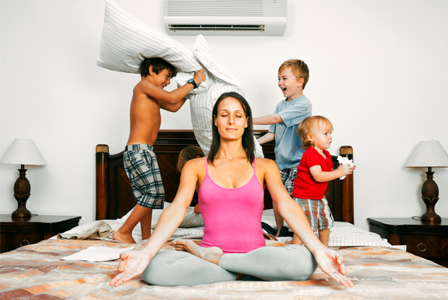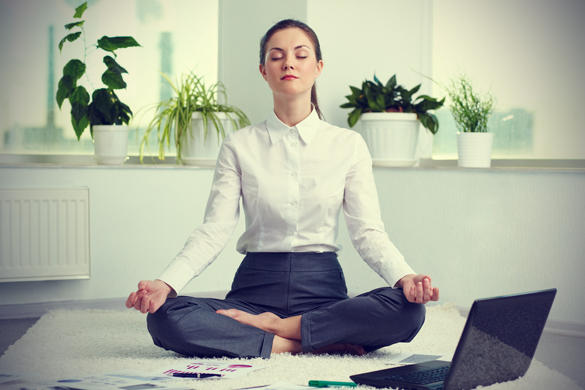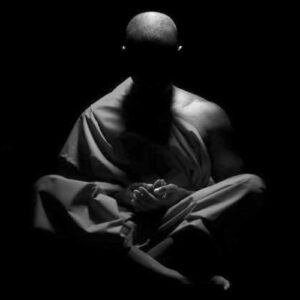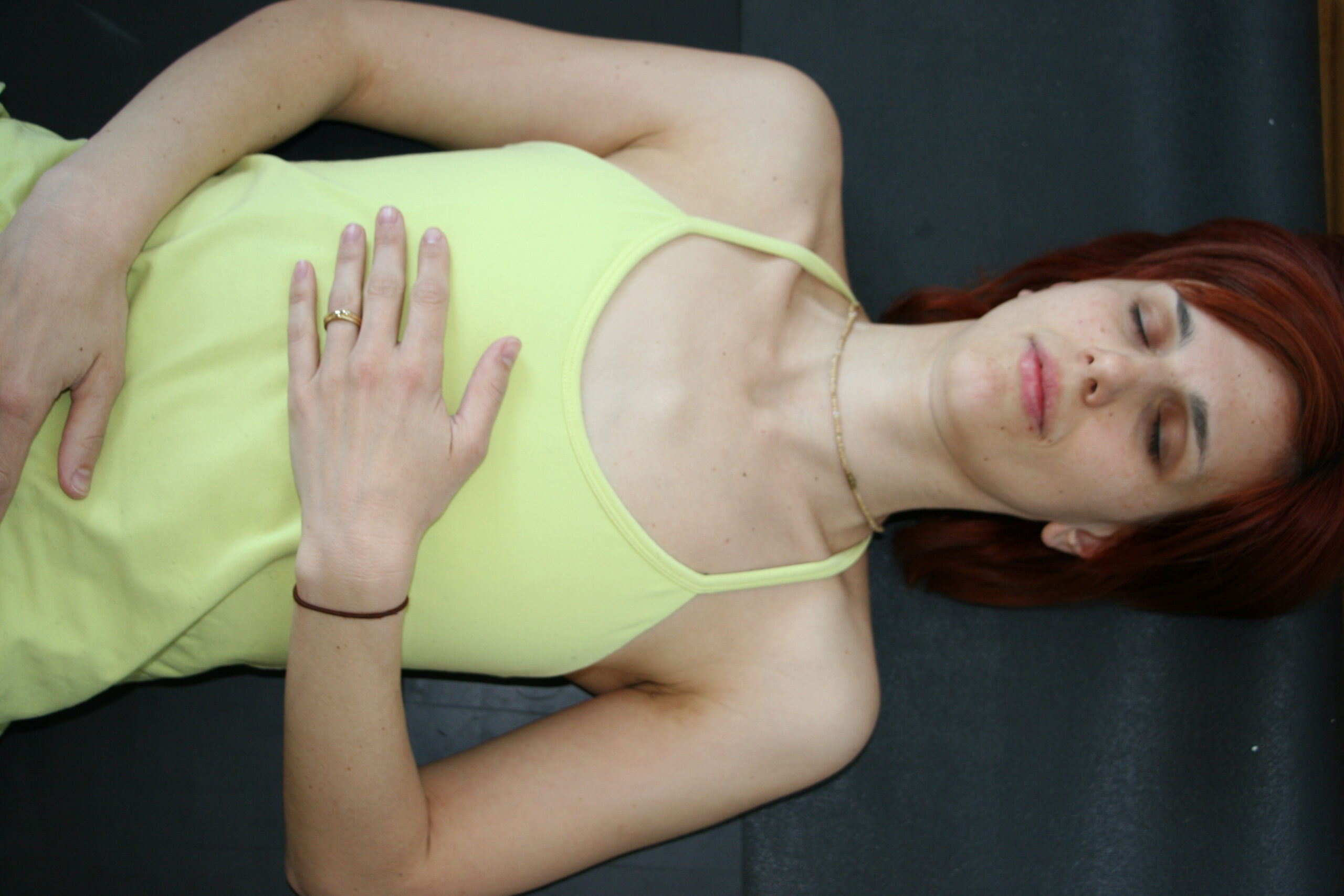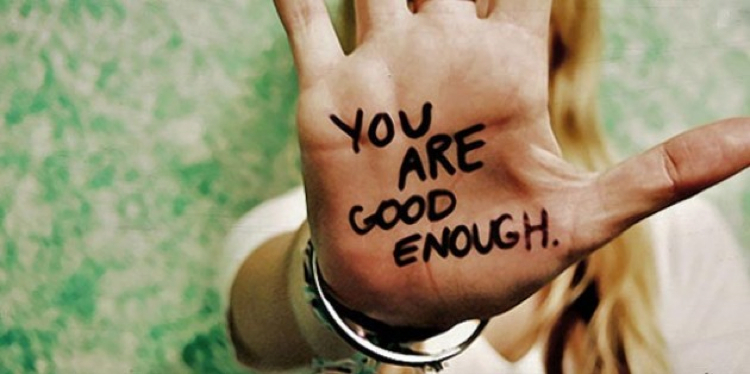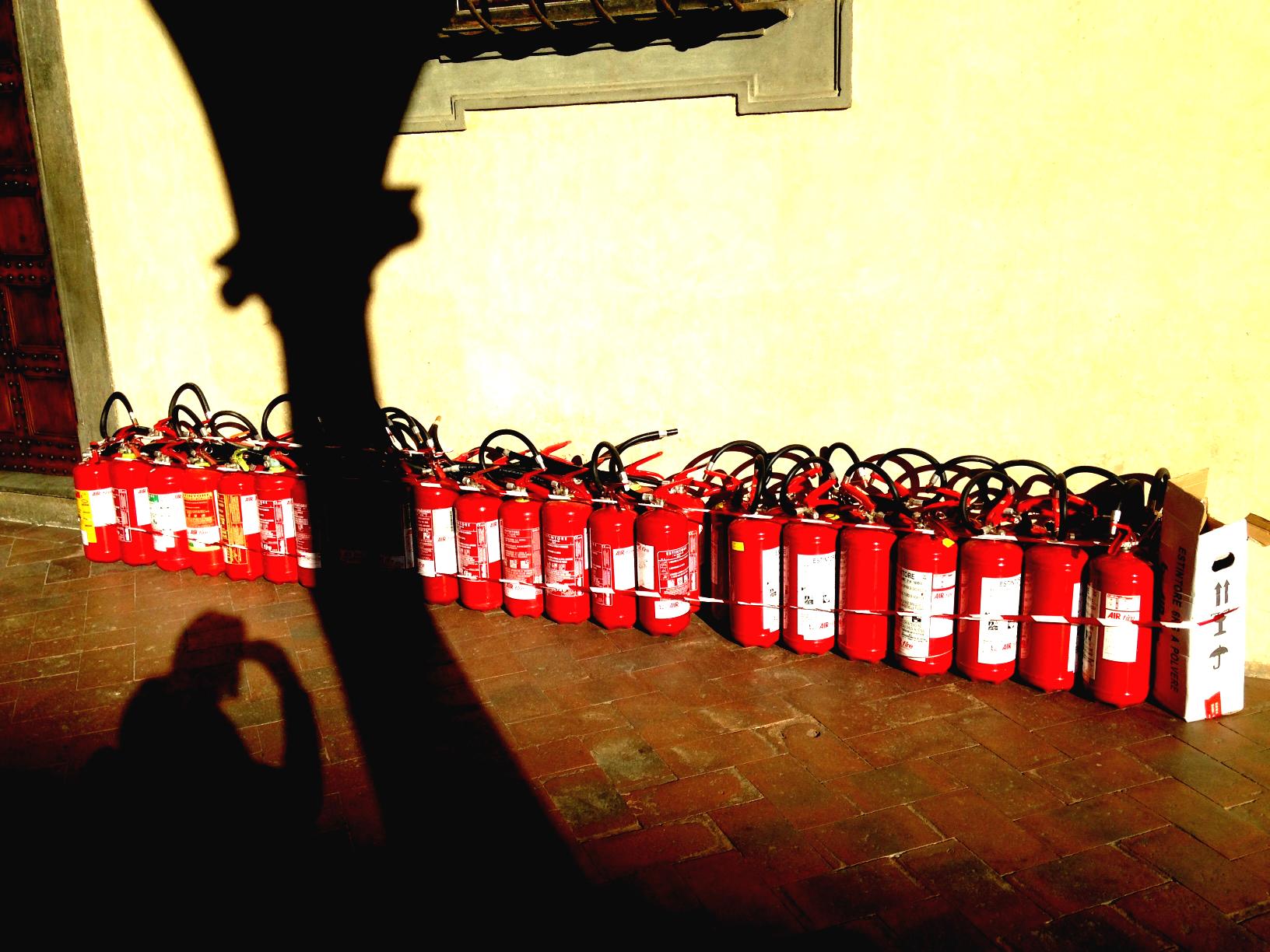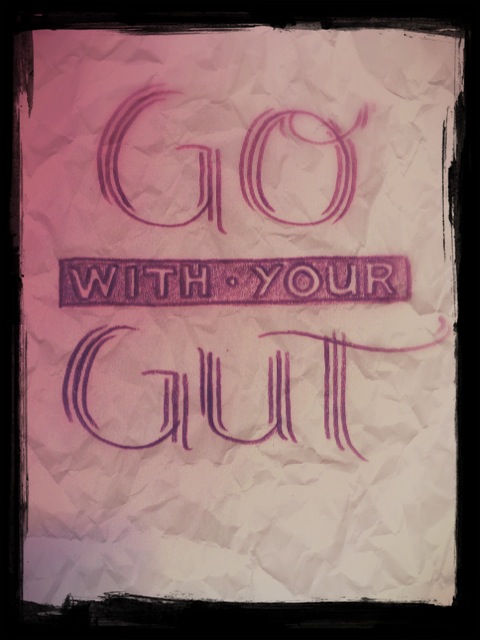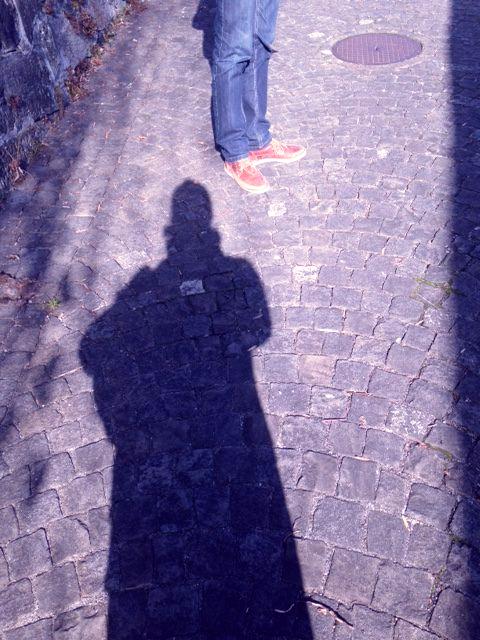The other day I was sitting on a park bench with a friend and fellow yoga teacher. She was thinking out loud and debating whether she should cut back on her part-time job and take on more yoga gigs. Then she turns to me and says: “I don't dare because, you know, I'm just not a typical yoga teacher. I don't feel legitimate.”
My jaw dropped. What on earth is a typical yoga teacher? Because I'm certainly not one of them.
Next thing I know, she tells me how some new yoga teacher moms are doing feverish research into vaccination. Because apparently they're on a mission to find the one correct yogic way to do this. Which is not to vaccinate at all or if you must, then only after age one and a half.
What it takes to be legit
A few moments passed and I started to grasp the deeper meaning of this. Indeed, there are many unspoken rules to being a yoga teacher. There's a lot of shoulding out there. You would think that these rules derive from what students expect from their yoga teacher. But come to think of it, it's the yoga teachers who have set the bar so vertiginously high for each other.
I started thinking about my own situation. The pressure to be and behave a certain way has definitely increased over the years, even though I have always refused to change in order to fit in. Since I have added “mother” to my job description, the dos and don'ts seems to have multiplied.
Here's a little taste of the high ideals we – the yoga teacher guild – impose:You should be at least a vegetarian, if not a vegan. You should eat lots of healthy meals, enriched with super foods, and ideally post photos of them on social media. You should show off your inversions and other contortions on Instagram. Don't forget the hashtags.
 If you become a mom, you should breast feed your child for at least a year. After giving birth, you should stay home for as long as you possibly can. Daycare before age one is frowned upon.
If you become a mom, you should breast feed your child for at least a year. After giving birth, you should stay home for as long as you possibly can. Daycare before age one is frowned upon.
You should know about herbal remedies and globuli, because God forbid the child should ingest any Western medicine. You should always be calm and collected. Even with a toddler going through the terrible two phase.
Truth time
I am not vegan. We refrain from eating meat at home. But if I'm a guest and someone offers me meat I won't turn it down. I am fond of the Ayurvedic idea that if someone prepares food for you, it's an offering made with love. So it will be healing.
I only nursed my son until he was four months old. I went back to work because I was self-employed back then. I had no paid maternity leave in Switzerland because I had previously been abroad for too long.
Also, I experienced intense surges of aggression that were directed at my husband. I was up nursing during the night and he was slumbering peacefully by my side. I will be honest, I couldn't handle the (biological) unfairness. I knew that if I didn't gradually start weaning my relationship would pay for it.
So I chose me. I chose the way that made me more relaxed about everything.
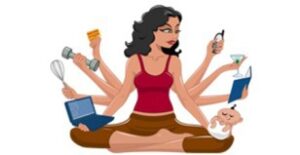
I'm not telling my story to make my choices sound good. I am telling it to make a point. If you look behind closed doors, you realize that every situation is different. We cannot apply the same rule to everyone out there.
Being a mother to yourself
Yes, the decisions I have made seem selfish, but were they? They have kept me healthy, balanced and sane. They enabled me to function. Physical and psychological well-being are essential to being a yoga teacher and a mother. Or to anyone who wants to be at service.
I am aware that many people may disagree with me. However, these were the right decisions at that time. I may opt for a different path today. And yet for another one tomorrow.
As yoga teachers, we encourage our students to become inquisitive and observant in order to respond to what they need. And how many times do we speak about the kind of compassion that begins with yourself? “Don't push in your Asana practice, respect your limits, be gentle with yourself.” Yet when it comes to our own decisions, we have the impulse to follow the guidebook. We think that there are some golden rules that can't be bent.
What yoga teaches
About a decade ago, yoga changed my life completely with one simple tool: It has taught me to gaze inwards, make out what is there and react appropriately. When I was newly pregnant, I was still a vegetarian. But one night, I was craving fish. I didn't even know I was pregnant yet. But a voice inside was telling me I needed animal protein.
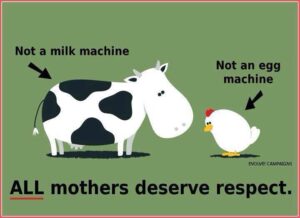
Any mindfulness practice, not just yoga, gives us the chance to pause, listen and be honest about what would be beneficial at that particular moment. Not what made sense three months ago. Not what we believed in when we were going through the rebellious phase. Only what is wholesome right here, right now.
For me the phrase “typical yoga teacher” implies that there is a right and a wrong way to do things. I might be biased, but it feels to me like we have to fit into that category in order to be a good yoga teacher. Or a loving mom, or a respectable human being. This also means that anything outside of that spectrum is not okay and not good enough.
And how is that compassionate? How is that typical for a yoga teacher?

